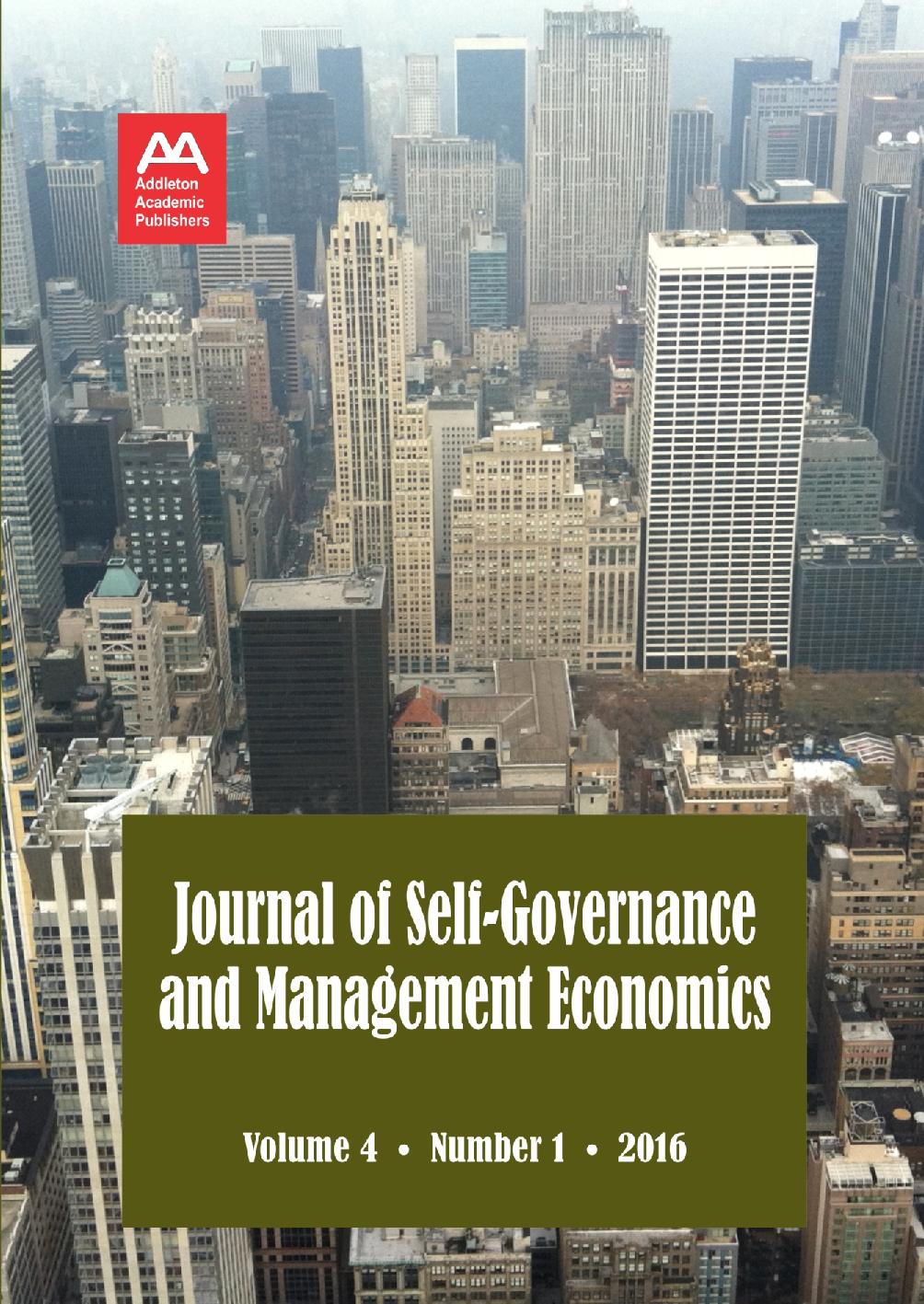COMPARING GOVERNMENT AND PRIVATE SECTOR COMPENSATION IN CANADA
COMPARING GOVERNMENT AND PRIVATE SECTOR COMPENSATION IN CANADA
Author(s): Milagros Palacios Charles Lammam, Feixue Ren Jason ClemensSubject(s): Business Economy / Management, Economic policy, Public Finances
Published by: Addleton Academic Publishers
Keywords: wage differential; government; private sector; Canada
Summary/Abstract: Using aggregated monthly data from Statistics Canada’s Labour Force Survey from January to December 2013, this study estimates wage differentials between the government and private sector in Canada. It also evaluates four available non-wage benefits in an attempt to quantify compensation differences between the two sectors. While a lack of non-wage benefits data mean that there is insufficient information to make a definitive comparison of total compensation, the available data indicate that the government sector enjoys a clear wage premium. After controlling for various wage-determining factors, government workers in Canada (including federal, provincial, and local government workers) were found to enjoy a 9.7 percent wage premium, on average, over their private sector counterparts in 2013. When unionization status is factored into the analysis, the wage premium for the government sector declines to 6.2 percent. There are also strong indications that the government sector as a whole has more generous non-wage benefits than the private sector including higher rates of pension coverage, higher rates of defined benefit pensions, earlier ages of retirement, lower rates of job loss, and higher absence rates. Overall, government workers in Canada enjoy higher wages and probably higher non-wage benefits than comparable workers in the private sector. pp. 95–127JEL codes: F16; H55; J08; J32
Journal: Journal of Self-Governance and Management Economics
- Issue Year: 4/2016
- Issue No: 1
- Page Range: 95-127
- Page Count: 33
- Language: English
- Content File-PDF

